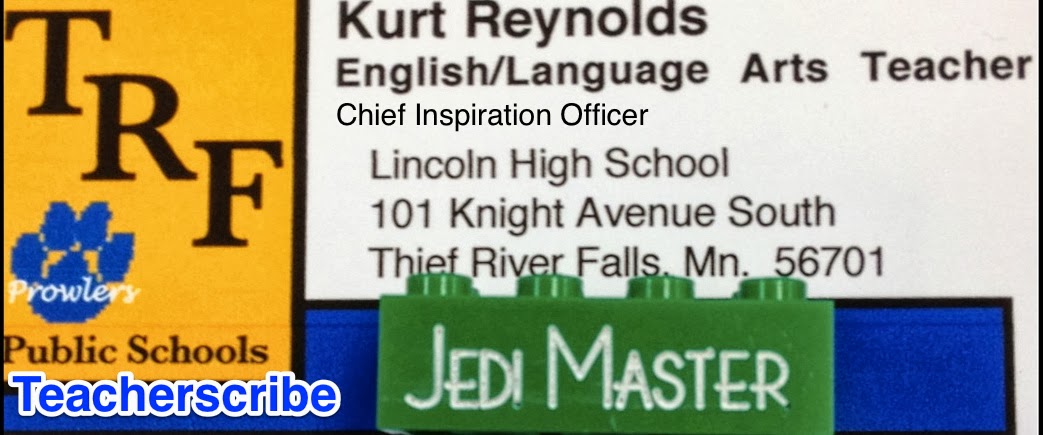Teacherscribe’s Teaching Tip #113
Good old multi-tasking. It appears that it is here to stay. Or at least, dealing with it is going to massively impact how we teacher, especially with what is known as “technological multi-tasking.”
I see technological multi-tasking changing instruction. Here is one way I try to use this in my class. I teach a remedial reading class first block of the day. These are students who have either scored low on the NWEA reading exam or who have struggled in their middle school English classes. So I tell them that my job is to simply get them to really enjoy English class again. This means having a highly technologically engaging classroom.
Though I found this to be a lot harder for me than I initially thought. I was really just saying that I wanted that. I really wasn’t do it though. I realized this after a week. I always post the day’s learning target up on the board with a few short prompts or assignments that students can do to begin working toward achieving the day’s learning target. I will also give them time to get caught up if they have work from the previous day. I noticed right away that my students weren’t engaged by this process, for when I walked in to my room, instead of seeing students working on their computers on the learning target, they were gaming, watching Youtube, or on social media.
When I called them on this, they got to work. Over time I noticed that students would come in and half-heartedly try to meet the learning target assignments, but what they really were doing was still devoting the majority of the attention to gaming, Youtube, and social media. They were stuck trying to multi-task, and their grades were suffering because of it.
So from that moment, I began to adjust the learning target to incorporate not just their MacBook Airs but also gaming, Youtube, and social media. So if our learning target for the day was to cite an example of bias in the day’s reading, I would share an introductory assignment with my students via Google Drive that called for them to read an article on gaming that examined bias in Skyrim or to watch a Youtube video with bias in it, or to find examples of Facebook or Twitter posts that included bias. Then I’d end the period with 15 minutes of free time for students to find their own examples using their phones or computers.
So I see technological multi-tasking my teaching by making me tailor my assignments to be more interactive and engaging.
At the same time, though, I also think it’s important to teach students that it is okay to “power down” at times. I call it “going stone age” in my class. There are times, whether it is when we have to read a complex piece, such as Jonathan Swift’s “A Modest Proposal” or Amy Chua’s “Why Chinese Mothers are Superior,” I tell students that we all (me included) are going to put our technology away in our backpacks and go “stone age” by reading silently and annotating the texts. But once that is done, I will challenge them to use their technology to make a digital connection to something they read or to fact check something they had an issue with.


No comments:
Post a Comment